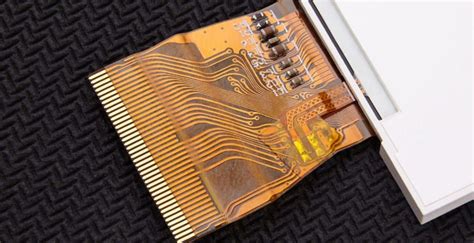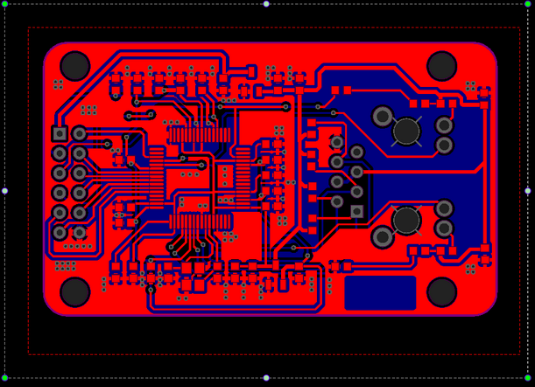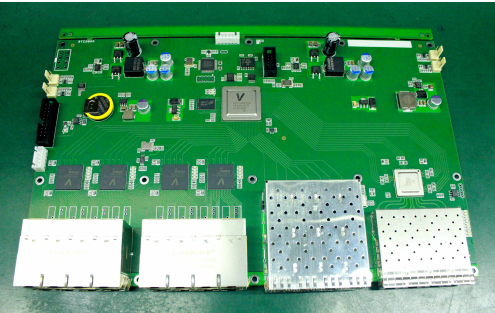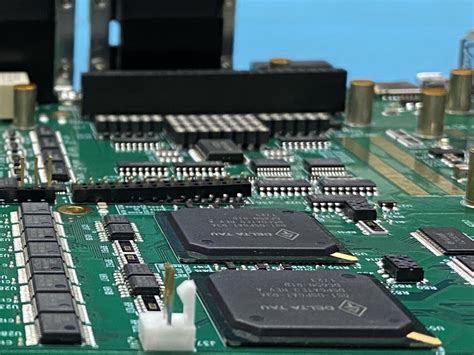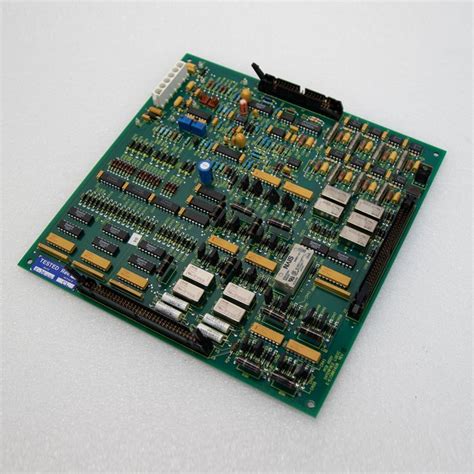Physical recycling and comprehensive utilization of PCB
How to effectively recycle waste circuit boards has become a new topic related to the sustainable development of my country’s economy, society and environment and the recycling of renewable resources in my country.
Printed circuit boards (PCBs) are made of glass fiber, reinforced resin and a variety of metal compounds.
If waste circuit boards are not properly disposed of, the carcinogens such as brominated flame retardants they contain will cause serious pollution and harm to the environment and human health. However, waste circuit boards also have a very high economic value. The metal grade in circuit boards is equivalent to dozens of times the metal grade in general minerals, and the metal content is as high as 10% to 60%, while the metal content of rich ores in nature is only 3% to 5%. It can be seen that waste circuit boards are also a “gold mine” to be developed.
New processing technology and its system advantages
This technology has better solved the problem of comprehensive application of non-metallic powder in the recycling of waste PCB boards, creating a complete “green recycling industry chain”. This processing technology innovatively realizes the direct material utilization of non-metallic powder, truly achieving zero emissions and zero pollution, with low processing costs, and can obtain greater value from non-metal recycling.

Main technical difficulties and solutions
The physical recycling and comprehensive utilization technology of waste printed circuit boards has the following main technical difficulties in the development and industrialization process:
- Purity of metal powder
The metal powder coming out of the metal discharge port of the crushing and separation equipment generally has a purity of only 60%-70%. The company adopts a combined selection process to increase the purity of copper from the original 60% to more than 90%, up to 99%. The produced metal copper powder can be directly used in other fields, such as the production of fireworks and salutes.
- Separation degree of metal and non-metal and metal recovery rate index
According to the physical properties of metal and non-metal, we adopt the crushing principle of shearing, impact and air flow crushing, and combine crushing with gravity sorting and wind classification to assemble a crushing and separation equipment for circuit boards. Through the control of parameters such as wind pressure and air volume, metal can be almost completely separated from non-metal, and the separation rate is more than 96%.
- Dust and odor control
When we were developing the recycling equipment for waste circuit boards, we took into account the control of dust and odor in the production process of circuit boards, which must meet the environmental protection standards stipulated by the state. The company readjusted and supplemented the process plan of the circuit board recycling patent technology of the former Beijing University of Aeronautics and Astronautics, and changed the original wind pipe positive pressure feeding method and spiral feeding and bucket elevator feeding, which are prone to dust leakage, into a fully enclosed pipeline negative pressure conveying method.
In addition, during the crushing and crushing process of circuit boards, as the temperature rises and the materials such as resin, glass fiber and plastic are destroyed and decomposed, an absolute odor will be generated. If it is not handled in time, it will cause absolute pollution to the production environment and the atmosphere. To this end, the company has developed a deodorant formula, which is added to the liquid in the spray tower in an absolute proportion. The odorous gas discharged by the induced draft fan in production can meet the national environmental protection gas emission standards after multi-stage spraying treatment in the spray tower.
- Control of metal content in non-metallic powder and material application of powder
The copper content in the non-metallic powder output from the cyclone collector and the dust removal equipment discharge port can be controlled below 1%, which greatly facilitates the application of non-metallic powder. Because we use a completely dry method to process circuit boards, the particle size distribution of the non-metallic powder after separation is more suitable for use as various fillers. After surface activation and modification of non-metallic powder, we have successfully applied it to the production of wood-plastic profiles, outdoor landscape materials, sewer pipes, logistics pallets and other products.
- Wear of crushing tools
Because of the special structure of circuit boards, which contain both metals and a variety of non-metallic composite materials, the wear of the tools is quite serious when crushing them to an absolute particle size. If general tool steel or alloy steel is used, not only will the wear resistance be poor and the service life be short, but it will also affect the equipment production capacity and maintenance and manufacturing costs, and ultimately increase production costs. In response to this problem, we have explored and improved it, and have now made a breakthrough in this regard. We use special alloy materials and special surface treatments. Through the analysis and comparison of the use costs of different types of tools and materials, its cost performance is in the leading position in China, and even reaches the international advanced technology level.

